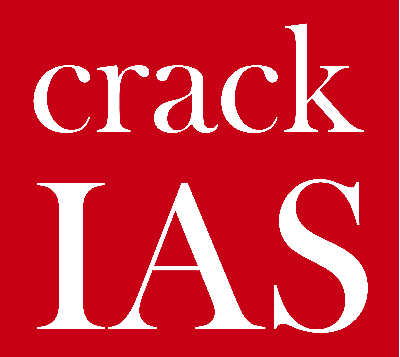
- Self-Study Guided Program o Notes o Tests o Videos o Action Plan

A nurse showing Covishield vials at an coronavirus vaccination centre, in New Delhi, on June 14, 2021. | Photo Credit: Shiv Kumar Pushpakar
The Union government recently reversed the liberalised vaccination strategy. States no longer have to bear the responsibility of procuring vaccines; the Centre will procure them on behalf of the States as the single purchaser. While this move has been applauded, some doubt that a few things will change under the new regime. One area of objection has been that the private sector’s share of total vaccines remains unchanged at 25%.
As some experts have rightly pointed out, the private sector’s share of total manufactured vaccines is out of sync with its share of total vaccination centres, which are far fewer than the government’s, thus entailing a demand-supply mismatch between government and private centres and concomitant inequities. Although capacity to vaccinate is a more important metric to consider than just the relative share of vaccination centres, it is unlikely to be a redeeming factor. However, the policy looks problematic even if the number and the share of private vaccination centres increases substantially to accommodate their share of total vaccines.
Writ large, a 25% share for private vaccination entails an implicit assumption that 25% of the population is willing and able to pay for a commodity for which social benefits exceed private benefit. This is indicative of our mistaken assumption of an inflated ‘middle class’. The fact is that the affluent form only a small fraction of the uppermost 25% of our population based on income.
Markets tend to under-produce commodities having significant positive externalities. Preventive services like vaccines generate a lower private demand than curative services. Subsidising or incentivising users and penalising non-users of preventive services are two ways of promoting consumption of such services. Even assuming reasonably higher levels of wealth, education, and COVID-19 awareness in the uppermost 25% of the population, significant demand generation concerns would remain, which may lag behind desirable levels. Not to mention that this section is also likely to have better access to free vaccines provided by the government, creating a ‘crowding out’ effect for the poorer sections. Of course, we assume here that India doesn’t have a large surplus of vaccines. We also need to consider the age structure and its possible implications. A large chunk of self-payers are likely to be younger, productive individuals, who are at lesser risk of severe disease and mortality than the elderly.
It’s intriguing as to what motivates this 25% share for private players. Is the government driven by herd immunity considerations, which project that between 60% and 80% of the population needs to be imperatively immunised? It is crucial to realise that vaccinating the poorer and marginalised sections, even if it is free of charge, is much more challenging than vaccinating the easily accessible better-off sections. The resultant disparities along geographic and socioeconomic lines would not be consistent with the notion of herd immunity.
All this points to the need to increase the government’s share of total vaccines. It is unfair to demonise private hospitals in this situation, especially since service charges have now been capped. The benefits, if any, of differential pricing are likely to accrue mainly to vaccine manufacturers. But vaccine production is also a costly process, and the government’s track record of investing in domestic COVID-19 vaccine production has been anything but phenomenal. The result of this is that money spent out-of-pocket is feeding vaccine production in India, which is an inequitable and regressive way of doing things.
Traditionally, India’s approach to dealing with the private sector has been ‘all or none’ of sorts. On accusations of extortionate pricing by private players, the government hasn’t hesitated to impose often unreasonable and unfavourable pricing restrictions. On the contrary, successive governments have frequently been criticised for adopting an unduly favourable attitude towards the private sector in healthcare. It’s time we moved beyond this. Greater reach, innovative processes, and efficiency are some of the strengths of the private sector. Any engagement with this sector needs to sufficiently exploit such strengths as part of a strategic purchasing framework. But this will require the government to engage with smaller players too, not just big private hospitals. This will be replete with challenges, including the need for strong regulatory and information systems. More decentralised but accountable regulation might be called for. However, it is possible to envision a favourable risk-benefit trade-off with such engagement. The pandemic is the right time to attain the appropriate public-private policy mix.
Dr. Soham D. Bhaduri is a physician, health policy expert, and chief editor of ‘The Indian Practitioner’
Please enter a valid email address.